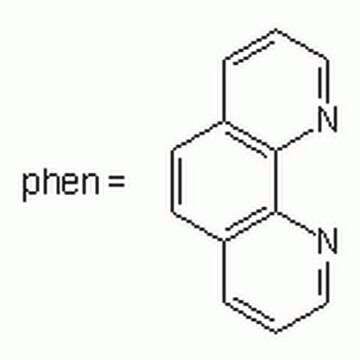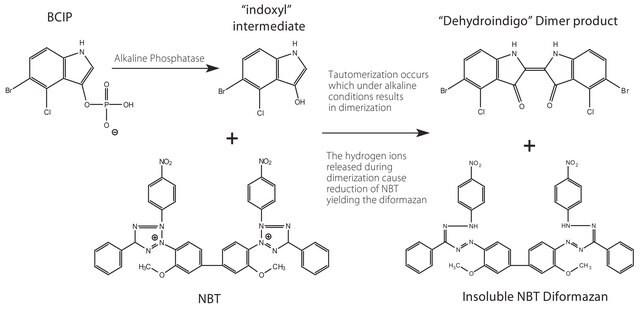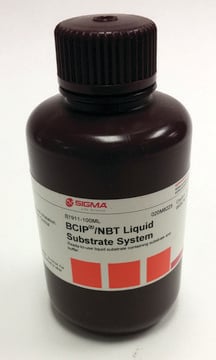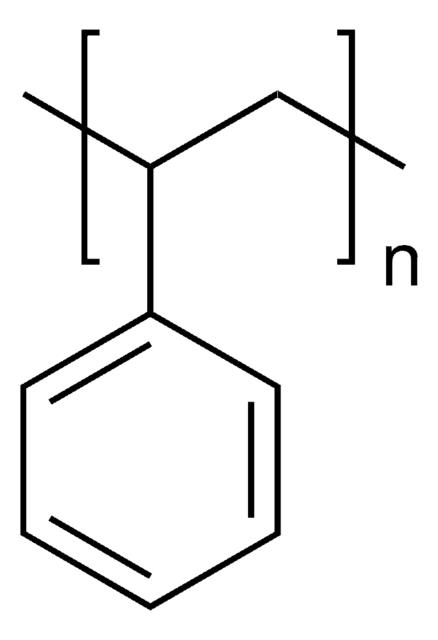SRP5075
PTPN2, active, GST tagged human
recombinant, expressed in E. coli, ≥70% (SDS-PAGE), buffered aqueous glycerol solution
Sinonimo/i:
PTPT, TCELLPTP, TCPTP
Autenticatiper visualizzare i prezzi riservati alla tua organizzazione & contrattuali
About This Item
Codice UNSPSC:
12352200
NACRES:
NA.32
Prodotti consigliati
Ricombinante
expressed in E. coli
Saggio
≥70% (SDS-PAGE)
Forma fisica
buffered aqueous glycerol solution
Attività specifica
6928-9372 nmol/min·mg
PM
~69 kDa
N° accesso NCBI
Condizioni di spedizione
dry ice
Temperatura di conservazione
−70°C
Informazioni sul gene
human ... PTPN2(5771)
Descrizione generale
Research Area: Cell Signaling
Protein tyrosine phosphatase, non-receptor type 2 (PTPN2), is one of the most abundant mammalian tyrosine phosphatase. The protein encoded by this gene is a member of the protein tyrosine phosphatase (PTP) family. By virtue of protein tyrosine phosphatase activity, PTPN2 is known to be a signaling molecules that regulate a variety of cellular processes including cell growth, differentiation, mitotic cycle, and oncogenic transformation involved in cell communication and signal transduction.
Protein tyrosine phosphatase, non-receptor type 2 (PTPN2), is one of the most abundant mammalian tyrosine phosphatase. The protein encoded by this gene is a member of the protein tyrosine phosphatase (PTP) family. By virtue of protein tyrosine phosphatase activity, PTPN2 is known to be a signaling molecules that regulate a variety of cellular processes including cell growth, differentiation, mitotic cycle, and oncogenic transformation involved in cell communication and signal transduction.
Azioni biochim/fisiol
Protein tyrosine phosphatase, non-receptor type 2 (PTPN2) regulates interferon signaling and the endoplasmic reticulum stress response in pancreatic β-cells during autoimmune diabetes. It serves as a crucial prognostic marker that influences the progression of pancreatic adenocarcinoma (PAAD) by activating the JAK-STAT signaling pathway. Silencing PTPN2 leads to a significant reduction in PAAD cell growth, migration, and invasion, while also triggering cell cycle arrest and apoptosis in PAAD cells.
Stato fisico
Supplied in 20mM MOPS, pH 7.5, 50mM NaCl, 10mM glutathione, 0.25mM DTT, 0.1mM PMSF, 30% glycerol.
Nota sulla preparazione
after opening, aliquot into smaller quantities and store at -70 °C. Avoid repeating handling and multiple freeze/thaw cycles
Codice della classe di stoccaggio
10 - Combustible liquids
Classe di pericolosità dell'acqua (WGK)
WGK 1
Punto d’infiammabilità (°F)
Not applicable
Punto d’infiammabilità (°C)
Not applicable
Certificati d'analisi (COA)
Cerca il Certificati d'analisi (COA) digitando il numero di lotto/batch corrispondente. I numeri di lotto o di batch sono stampati sull'etichetta dei prodotti dopo la parola ‘Lotto’ o ‘Batch’.
Possiedi già questo prodotto?
I documenti relativi ai prodotti acquistati recentemente sono disponibili nell’Archivio dei documenti.
Tetsuya Yamamoto et al.
Biochemical and biophysical research communications, 297(4), 811-817 (2002-10-03)
In the previous study, we demonstrated that the nuclear isoform of T-cell protein-tyrosine phosphatase (TC-PTP) dephosphorylated and deactivated signal transducer and activator of transcription 5a (STAT5a) and STAT5b, thereby negatively regulating prolactin (PRL)-mediated signaling pathway. In this study, we examined
Sanjeev Gupta et al.
FEBS letters, 532(1-2), 61-66 (2002-12-03)
PTP-S2/TC45 is a nuclear protein tyrosine phosphatase, which induces p53-dependent apoptosis. Here we show that the p53 protein level increased in MCF-7 cells in response to PTP-S2 overexpression. PTP-S2-induced p53 protein was transcriptionally active and it could activate caspase-1 gene
Il team dei nostri ricercatori vanta grande esperienza in tutte le aree della ricerca quali Life Science, scienza dei materiali, sintesi chimica, cromatografia, discipline analitiche, ecc..
Contatta l'Assistenza Tecnica.





